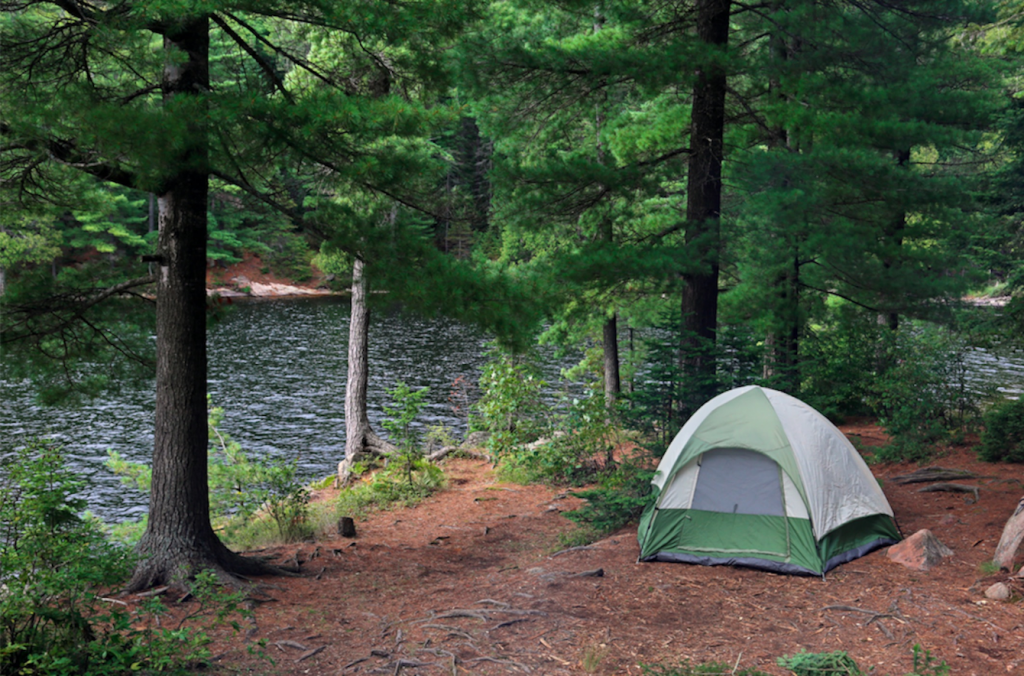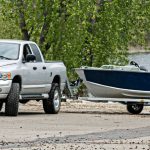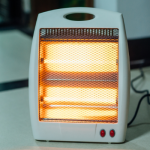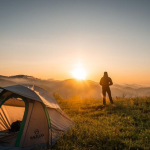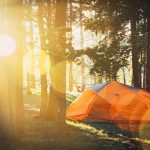Although camping is a fun outdoor activity, safety can be quickly compromised if you do not properly plan. Proper planning involves knowing how to protect yourself and others around you if faced with danger.
With 1.4 million households camping for the first time in 2018, safety is becoming more important.
Protecting yourself enables you and your family to enjoy an exciting camping experience and achieve your goal. So, how do you stay safe when camping in the wild?
- Plan Ahead
Planning is the best way to ensure you and your team are safe throughout your camping period. It makes camping in the wild enjoyable and increases your confidence as you learn something new. Here is how you should properly plan for camping.
- Be Realistic
If you plan to hike, be realistic and choose the best route, you can navigate at a specific time. Successfully navigating safe routes builds your confidence and makes the experience memorable.
Research earlier and choose routes that allow you to have different camping locations. Have flexible camping spots and consider the surrounding.
Ask these questions: is there a river nearby, and does it swell when it rains? Can weather changes affect your camping ground?
- Carry Protection
The bush walks, fresh air, and sounds in the wild are reasons to look forward to camping. Amid the fun and excitement, it is important to remember to carry protection.
Wildlife encounters are great for your camping experience, but not all animals are safe. Having the right firearm is the perfect protection for a camping trip.
If cost is a concern, go for Turkish shotguns, which are both inexpensive and of excellent quality. Pick a shotgun maker among the top producers on the planet. Gunsmiths are there to assist you whenever you need them when your firearms are covered by a lifetime guarantee.
Your shotguns can be used for self-defense or to hunt a game animal or bird. Before you head out on a camping trip, be sure you have unlimited assistance with your shotgun.
- Carry Camping Kit
Consider the weather and carry a thermostat, socks and warm jackets in your camping kit. Camping in the wild can mean dealing with unpredictable weather so make your body is warm and comfortable.
The camping kit should also have a first aid kit. It should include basic items like bandages, tape, ointment and painkillers.
- Watch Your Environment
Beware of what surrounds you. Research and know the kind of animals resident in the area you would like to camp. Encountering animals in the wild can be fun, but not all are welcome. Some are dangerous.
Know and obey rules on how to interact with animals. The rules might include not feeding animals and taking necessary immunization.
- Observe Fire Safety Practices
Camping in the wild is usually fun when you relax around a fire with other people, but fire can also be dangerous. That is why you need to take proper fire precautions.
Make sure your fire is in a designated and contained area. Put away flammable items like clothes, shoes, tent material, or shotguns. Here is what you need to do when lighting a campfire or if you are in central Newfoundland worried about bushfires.
- Build a pit before lighting a campfire.
- Use a ring around your fire.
- Make sure children do not play with the fire.
- Have a fire extinguisher or water nearby.
- Tell People Your Plans
Before leaving for your camping trip, tell someone about it. Share the location and how long you plan to stay there. If someone knows your plan, they can raise the alarm when something wrong happens.
Major camping sites also offer a Personal Locator Beacon (PLB) that helps in an emergency.
Protect yourself when camping in the wild
Proper planning makes you look forward to the next camping-in-the-wild experience. Carrying everything you need, including a shotgun for protection and knowing where to get help, is essential. Stay safe while camping to ensure you enjoy the whole experience and meet your comping goals.
